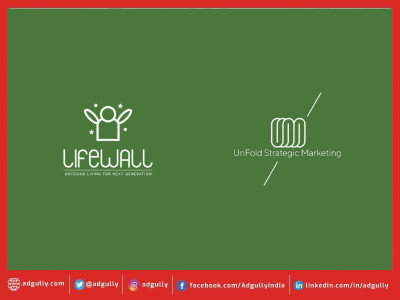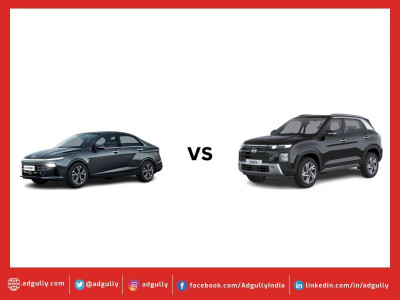How messaging apps can give brands the competitive advantage
Chamith Buthgumwa, Director, Isobar Sri Lanka, writes about how brands are using messaging to connect to customers, in real-time and personally. Customer service channels worldwide stand to gain much for their businesses by keeping in step with the preferences for their customers – and messaging is sure to be a critical part of it, he affirms.
According to Statista, 2020 will see over 5 billion people – two-thirds of all humans alive – use mobiles. Out of them, nearly 2.2 billion will be on the likes of WhatsApp, WeChat, Line, KakaoTalk, Snapchat and Facebook Messenger. That’s 1.6 billion more people on messenger apps than just three years ago; and the apps have become a part of everything – from booking a check-up to organising their best friend’s baby shower.
With so many of the world messaging instead of talking to each other, messaging seems to be fast replacing person-to-person communication as the universal language of intimacy! It’s changed how we share news with family, and emojis with friends. In fact, 70 per cent of customers would rather select the ‘message me’ button than ‘call me’. Customers were 25 per cent more satisfied after a messaging conversation, than one over the phone. And since 2015, the number of brands using messaging to connect to customers, in real-time and personally, has been growing. But not fast enough. A tragic majority of businesses are still coyly replying customers on Twitter and Facebook with email-style messages, denying themselves the opportunity the platform affords. Could this be evidence for a lack of tools that help business connect personally and securely with the customer?
With Messenger and WhatsApp holding 1.3 billion and 1.5 billion users each, the space for messaging apps is as fragmented as it is competitive. WhatsApp and FB Messenger dominate share in Africa, the Americas, Australia and significant portions of the Middle East. WeChat, Viber and Line Telegram are more popular in certain other regions, including Japan, China, Russia and Iran. However, cutting across the differences of politics and language, is a visibly growing preference for peer-to-peer sharing and messaging as a news source.
Bringing this all back to business, we live in an age where post-sale customer delight is the standard, and the lines between marketing and customer service is blurred by great customer experiences. Customer service channels worldwide stand to gain much for their businesses by keeping in step with the preferences for their customers – and messaging is sure to be a critical part of it.
A superior customer service experience – crucial as it is for brand loyalty – isn’t the only benefit organisations are seeing with messaging apps. End-to-end encryption security, GDPR compliance, and if used with a chatbot, round-the-clock availability, efficiency and automation. Smart businesses are taking this all one step ahead, and integrating messaging apps with their omnichannel stack, giving today’s customer the experience, they expect. The year 2020 will see Facebook monetise WhatsApp with ads on your status tab, hot on the heels of their success with Messenger Ads. Messenger apps are well on their way to retain the lead as a preferred communication channel, and possibly advertising channel as well. Sure of providing customers a more seamless and engaging experience, the only question unanswered is which businesses customers will be engaging with.
















Share
Facebook
YouTube
Tweet
Twitter
LinkedIn